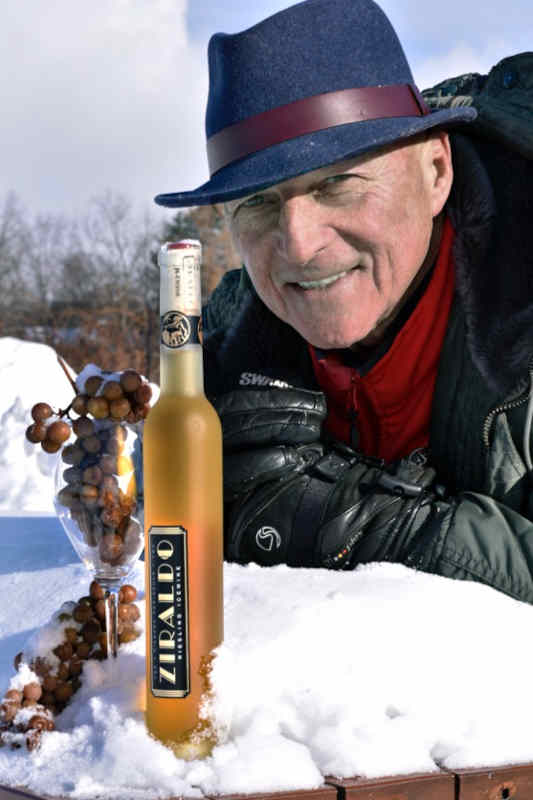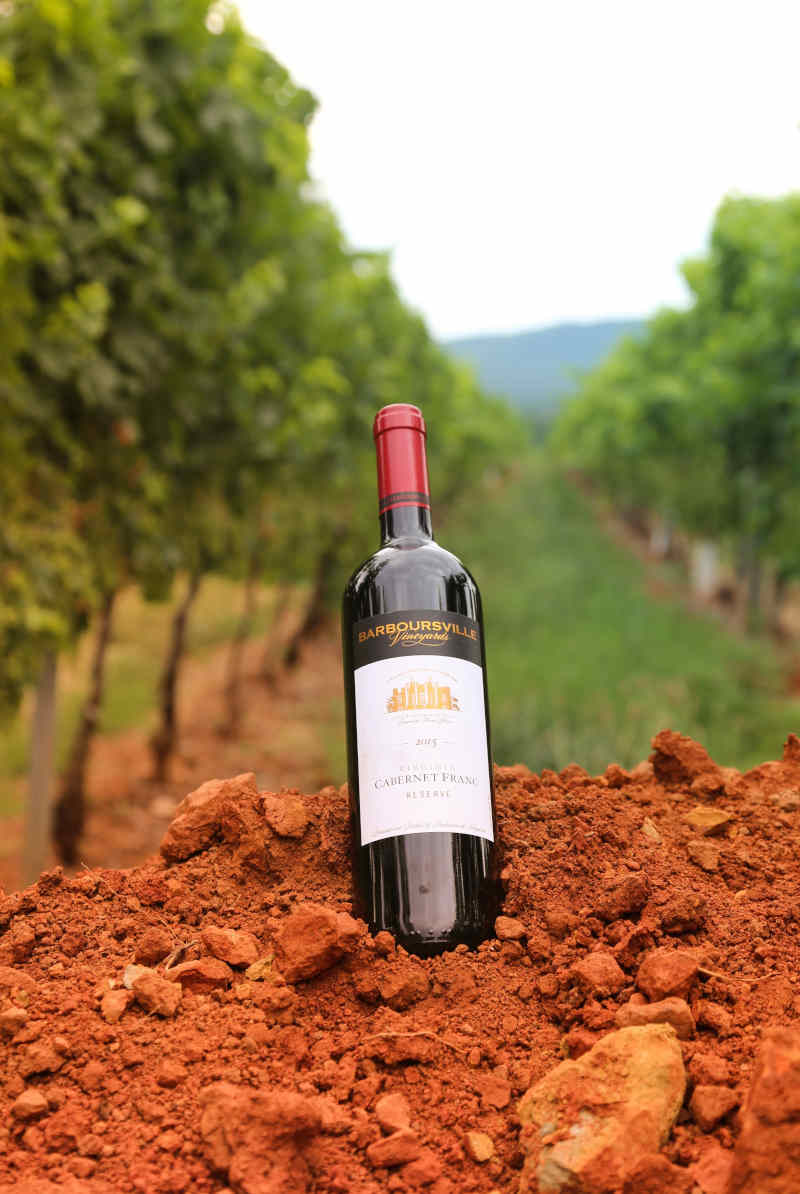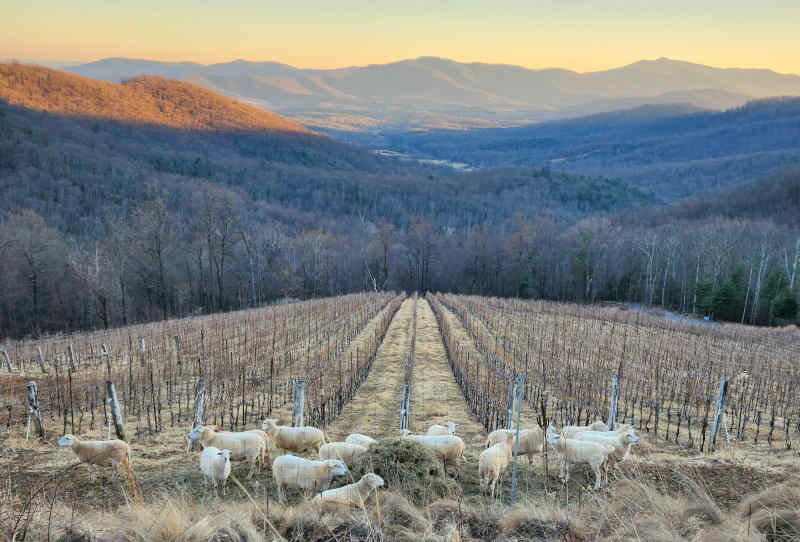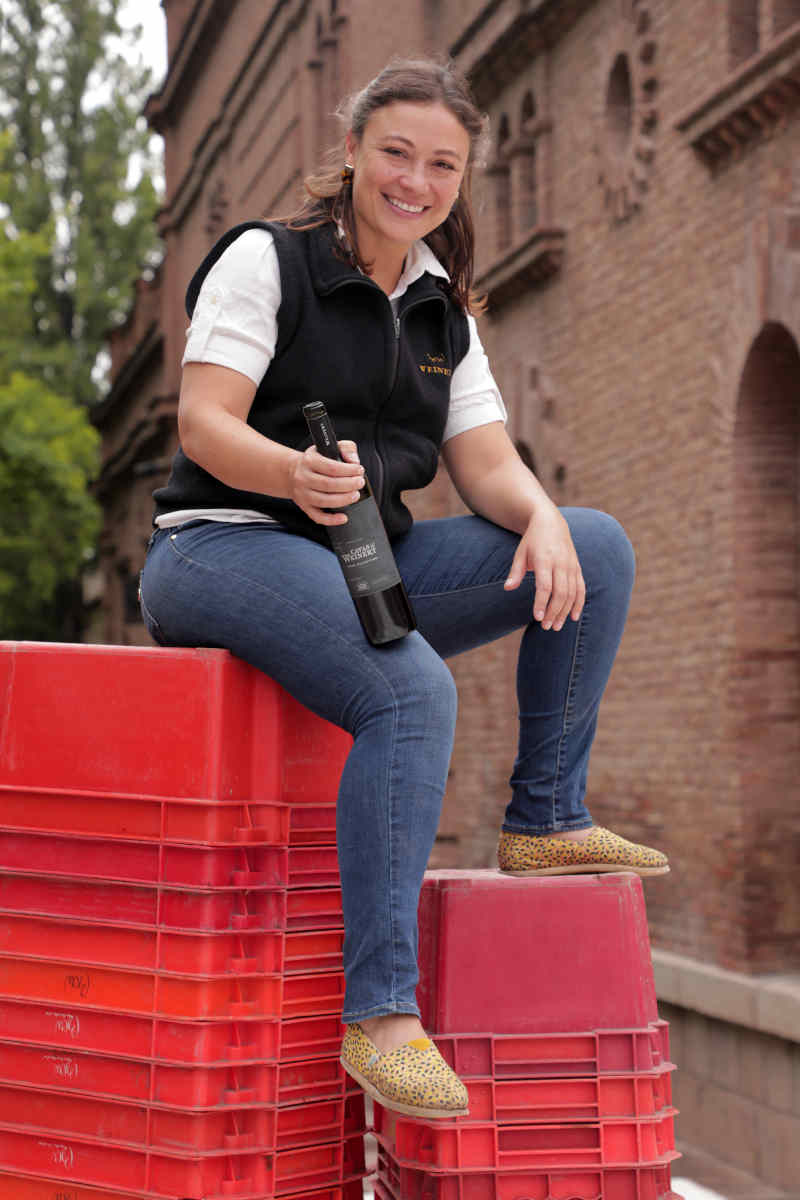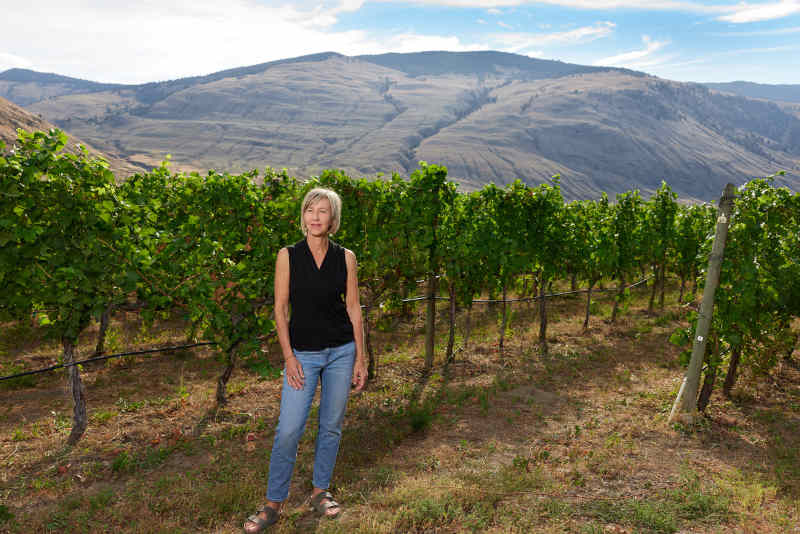Wineries to Watch In 2023
During the last several years, I’ve tasted a large number of exceptional wines. Those wineries that consistently pleased me and continue to increase in my esteem are listed below. Some may not be easily accessible to Ontario consumers, but persevere and I have indicated possible distributors such as the Société des Alcools du Québec, or winery direct as appropriate.
Argentina
Domain Weinert (Lujan de Cuyo, Mendoza)
I first came upon Bodega Weinert in 1978 and immediately fell in love with the wine that showed amazing complexity and quality. Through the years the wine has never failed to impress me whether it is the Carrascal brand, Malbec, Cabernet Sauvignon or Bordeaux blend. Iduna Weinert is the very capable owner. Winemaker Hubert Weber continues to make superb wine worthy of cellaring. Wine Agency, Pickering, Ontario.
Brazil
Pizzato Vincola (Vale dos Vinhedos, Bento Goncalves)
Gregarious and passionate Flavio Pizzato is descended from Italian immigrants who came to Brazil in the late 1800s. Flavio founded his winery in 1999 and has transferred his passion to his wine, making rich Cabernet, superb Chardonnay and outstanding Merlot. His Concentus blend of Merlot, Tannat and Cabernet Sauvignon has long been a favourite. SAQ, Quebec.
Canada
British Columbia Orofino Winery
If there is one Canadian winery that epitomizes excellence, it is the Orofino Winery in British Columbia’s Similkameen Valley. I first discovered Orofino when I was writing my book Rendezvous for Dinner and was so very impressed. I had the pleasure of further experiencing Orofino’s wines when, in 2009, I tasted its wines when filming the Adventures in Wine Country television series. At present, I have been enjoying the Red Bridge which is a blend of Cabernet, Merlot, Syrah and Zinfandel. John and Virginia make several excellent wines which eventually will make their way to my table. Not yet available in Ontario. Contact the winery direct for information.
Ontario
Tawse Winery (Vineland)
Non-intervention combined with passion and organic, healthy vines are part of the philosophy for the great award winning wines made at Tawse. Moray Tawse loved Burgundian Pinot Noir and Chardonnay so he purchased six acres of land in Vineland and in 2005 opened a state-of-the-art winery complete with geo-thermal filter and wetlands bio filter. The rest is history. The now 115 acre winery produces some exceptional wine —many available at the LCBO or direct from the winery on Cherry Avenue in Vineland.
Ziraldo Estate Winery (Niagara-on-the-Lake)
The awards, honours and accolades pertaining to this icon of Canadian and international wine and Order of Canada inductee, Donald Ziraldo, would fill several books. Suffice to say that after co-founding the first winery to be issued a winery license since 1929 and establishing what was to become the first boutique winery in Canada, he became known as the ambassador of Canadian wine. In 2006, he founded the Ziraldo Estate Winery making first class ice-wine as well as having established Ziraldo Prosecco in Valdobiadenne, Italy, soon to be available at LCBO. With other Ziraldo projects expectations are high that this is not the end. One to watch.
Quebec
Eastern Townships
The best kept secret in the world for both scenery and wine is the area known as Quebec’s Eastern Townships located between the St. Lawrence Lowlands and the American Border. In fact, from some of the higher elevations, the Appalachians in Vermont can be seen. Two wineries make my list of wineries to keep tabs on for 2023.
Cep d’Argent (Magog)
Cep d’Argent is a beautiful winery located by the shores of the Magog River and was my initial introduction to the wines of Quebec. The brainchild of Denis Drouhin, it is now owned by two sixth generation champagne makers, François and Jean-Paul Scieur who learned the art from their parents in Etoges, Champagne. Using their wine-making knowledge, they produced phenomenal sparkling and non-sparkling wine from French hybrid grapes. I love their French hybrid still wine, Marechal-Foch. SAQ.
Vinoble de l’Orpailleur (Dunham)
French winemaker, Hervé Durand bought a unique property in Dunham, Quebec in 1981. He was joined by French viticulturist Charles-Henri De Coussergues, entertainer/organizer Frank Furtado and media consultant/legal/contractual specialist Pierre Rodrigue as co-owners of a winery that has become a major player in the province making not only fine vinifera style wine but also accommodating a superb restaurant. In 2022, the winery celebrated forty years of making fine wine. Try Cabernet Franc or Chardonnay and make sure you try the other surprising blends from French hybrids. (SAQ)
Portugal
Dao Region Quinta da Boavista/Joao Tavares de Pina Wines (Penalva do Castelo)
Quinta da Boavista, under the direction of Joao Tavares de Pina, produces some of the finest wines in Portugal. Organically maintained, the vineyards are sheltered by nearby granite mountains and the Atlantic Ocean, providing mild winters and moderate summers. Here the deep granite/clay/schist soils produce superb grapes such as Jaen, Touriga Nacional and Pinheira.
Joao makes sure his land has is rich in biodiversity. Along with natural forests of oak and eucalyptus, he has clover, grasses, lavender, wild flowers and chamomile and strives to make wines of great intensity and expression. Practicing old world methods of non-interference in the production of his wine, he does not even till the soil for fear of affecting the biodiversity. Joao believes in a strong ecosystem where nature takes its course. His wines reflect this natural trend and he would be the first to tell you that in spite of the natural wine craze, he has been following that path before the phrase was conceived. “I make wine that I like to drink.” Additionally, he has planted many endangered and indeed almost extinct indigenous vines. Joao is a rebel following the beat of his own drum and, quite frankly, doing a good job. More should follow his example. SAQ.
Quinta dos Roques (Abrunhosa do Mato)
In the early 1980s the decision was made to move ahead with plans for revamping a Quinta whose wine was, until then, solely for private consumption. Luis Lourenco upgraded his winery’s vineyards adding grape varieties, mechanization and new methods of viticulture to the old practices. Thirty-five hectares of vines include red varieties such as Touriga Nacional, Jaen, Alfrocheiro, Tinto Cao and Tinta Roriz and white varieties such as Encruzado, Malvasia Fina, Bical, Cerceal and Gouveio. Production is exported to fifteen countries including Canada, Japan and the United States. I can attest to the fine quality of this wine…the Alfrocheiro being my favourite! SAQ.
Portugal Azores (Acores)
Quinta da Jardinete (Sao Miguel, Ponte Delgada)
Quinta da Jardinete is a small boutique family owned estate of about twelve acres, originally planted in 1989. The soils are of volcanic origin with an exceptional microclimate. It is first commercial winery on the Island of Sao Miguel to produce quality wine. The name refers to the little old house that sat on top of a hill that locals called “Jardinete.”
All the wine is made at the winery with estate grown fruit. The family does the major part of the work. There is a “non interference policy” with the making of the wine meaning no manipulation is made to increase or decrease colour, flavor or alcohol! All the wines express the vineyard and vintage.
The climate supports frost free springs, long summer days and moderating sea breezes. Protected by volcanic basalt stone walls and trees, there is shelter from cold winds producing wines of great elegance.
Grapes grown are (RED) Merlot, Aragones (Tempranillo), Lemberger, Blaufränkisch, Pinot Noir, Cabernet Franc and (White) Chardonnay, Fernão Pires, Sauvignon Blanc, Gruener Veltiner as well as Riesling varieties. Careful selection by hand removes substandard grapes. The result is wine that is exceptional and age worthy! Recently I had a 2014 Quinta da Jardinete Merlot-Aragones that was superb, elegant and with a long finish.


